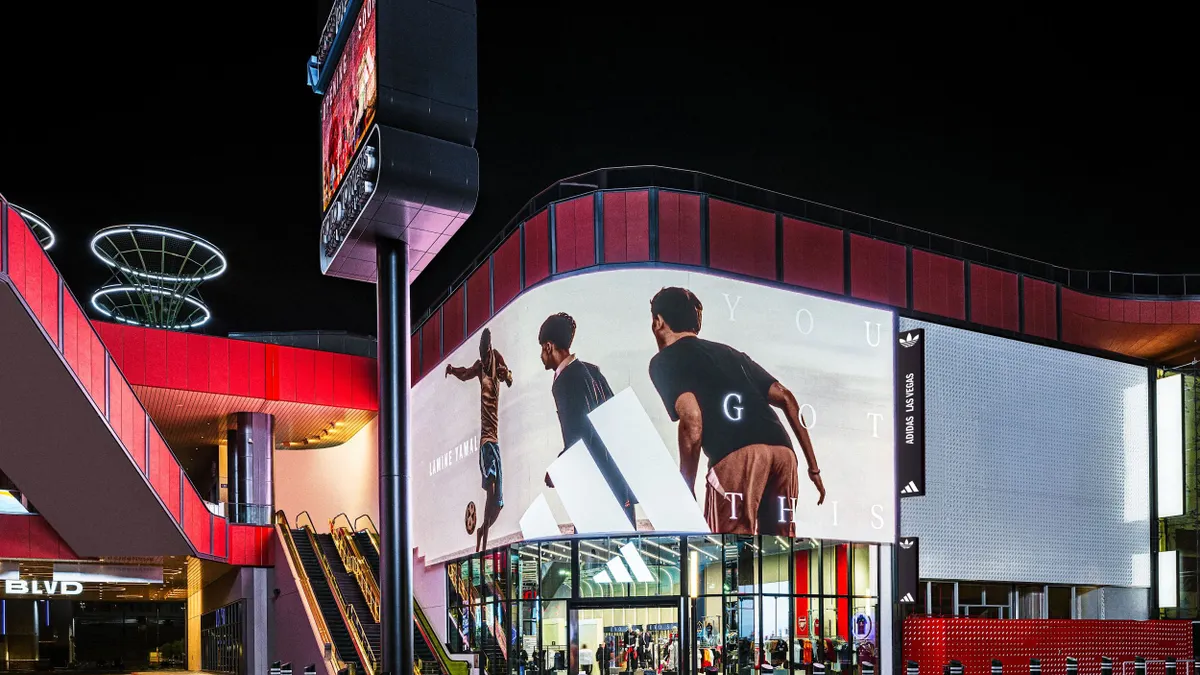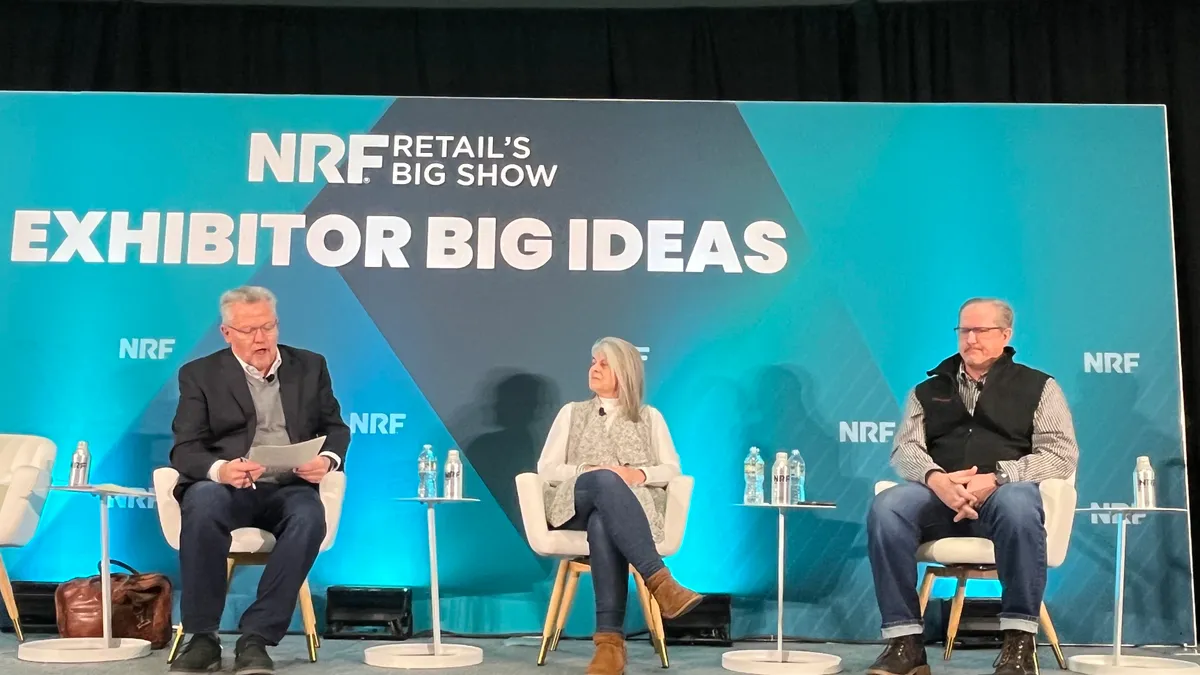A “brand” is the "name, term, design, symbol, or any other feature that identifies one seller's product distinct from those of other sellers.” That’s how the Wikipedia entry starts, and it’s taken from the American Marketing Association’s dictionary. The trick of any brand, though, is hewing to those unique features — and that means paying attention to everything from product design to prices, and from advertising and logos to ambassadors. Pretty much everything matters because anything can affect the brand. But above all, a brand has to have meaning to people — whether they gravitate to it or opt against it, people should be able identify what a brand stands for.
So what's the point of a brand within a brand?
Car companies and publishers do this all the time, segmenting individual brands according to, for car companies, price and level of luxury, and for publishers, genre and price points. The soft focus covers of Harlequin novels are easily recognizable, and you don’t even need to have read one to know that its statement, “Harlequin Romance offers uplifting escapes featuring real, relatable women and strong, deeply desirable men,” is right on. That’s excellent branding. Meanwhile though, Harlequin's KISS imprint uses in-focus closeups and ditches the bodice-ripping writing in favor of humor, a more egalitarian approach to romance, and digital distribution.
Department stores, too, have long had brands within their stores — sometimes their own brands and sometimes others’. These days, Nordstrom is making an art out of bringing in other brands as boutiques to make it clear that younger people are invited into its stores, partnering with the likes of Sarah Jessica Parker, online jewelry sensation BaubleBar, and Topshop. Target has also mastered its management of different brands, which each have their own purpose, meaning, and price points, including bringing in fashion designers for limited runs.
But department stores, publishing houses, and car companies have long been segmented, and people expect different stories from them. For specialty stores, a lot of hard work goes into the meaning of a single brand, and some of the payoff comes from what customers themselves invest in it. The brand can become a reflection of the shopper, especially with products like apparel. Why, then, would an established brand complicate matters by introducing a brand within its brand? Here are a few things to know:
A sub-brand can help differentiate your products and price points
Lululemon Athletica, which many other retailers are aiming for as they brand and sub-brand their way into activewear, has itself recently introduced a new brand: “&go.” Some may think the company is merely trying to escape the damage it's done to its reputation, but Lululemon remains a formidable brand despite its missteps. More likely, the baby brand was worth establishing because the line almost creates a new category of clothing: activewear that is nice enough to go straight from the gym to the office or even a date.
Brands within brands can help a retailer compete within a certain segment
When Gap Inc. wanted to expand its reach in the busy activewear segment, and fight for Lululemon’s happy-to-spend yoga crowd, it bought Athleta, a catalog business already popular with fit, fashionable women. Activewear has only become more active, but not every retailer can go out and buy an existing brand to strengthen its warrior pose.
That’s when the introduction of a sub-brand can work wonders. Urban Outfitters recently introduced Without Walls. In addition to curating products from established outdoor and fitness brands like Newline, Asics, Onzie, Seea, ALTERNATIVE, Columbia, Mowgli Surf, Poler, Vans, and Patagonia, Urban Outfitters’ Without Walls brand features a mix of apparel with the kinds of colors and prints its hipster-boho customer base expects to find in its stores. By introducing its own brand with its own name, the retailer can signal its customers that its gear fits with its attitude and aesthetic, but that it is also something new and different — ready for yoga or spin class, not just Coachella.
Sometimes a sub-brand deserves to stand alone
When Ann Taylor launched Ann Taylor LOFT in 1996, the idea was to give some coherence to a line of more casual clothes, priced below what Ann Taylor customers expected to pay for its more professional, dressier apparel. Then the LOFT line took off. Parent company Ann Inc. eventually dropped the “Ann Taylor” from the name and introduced stand-alone stores. Today, LOFT stores outpace Ann Taylor stores in both number and sales.
The LOFT daughter brand grew up and has in turn fundamentally changed the Ann Taylor brand itself in some ways. Ann Taylor recently has begun making changes to its product lines and prices, moving toward what appeals to younger women. While the brands remain separate, it’s safe to say that LOFT has taught Ann Taylor a few lessons about how to succeed in retail today.
Now LOFT itself has recently expanded a sub-brand, Lou and Grey — a line of loungewear, leggings, and knits that the brand introduced in stores in 2009 — giving it stand-alone stores and a website.
How quickly they go out on their own.
Would you like to see more retail news like this in your inbox on a daily basis? Subscribe to our Retail Dive email newsletter! You may also want to read Retail Dive's look at the four ways e-retailers can fight the brick-and-mortar advantage.


















